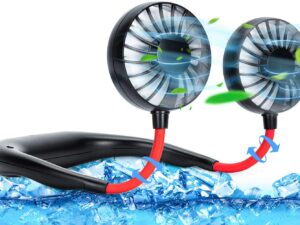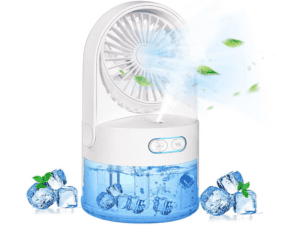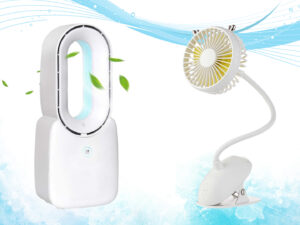The trend for a healthy living is rising in the recent years. The modern people take care about the food they eat and also about the air they breathe. Every detail matters when we consider the quality of life.
A recent report of the USA Environmental Protection Agency reveals that many people spend up to 90% of their time indoors, where the concentrations of some contaminating particles are often 2 to 5 times higher than typical outdoor concentrations.
Is there a solution – how to refresh and clean the indoor air for a healthier life?
Of course, there will be a solution developed in time to achieve cleaner and healthier indoor air. There are devices like the air purifiers or ionizers, designed to purify the air and to provide it free ot allergens, mold, smells, viruses, bacteria and etc.

Table of Contents
What is an air purifier?
The air purifier is a device that sanitizes the indoor air filtering out a wide range of pollutants, such as allergens – pollens, dust, pet dander), eliminating viruses and bacteria, and removing odors, smells, smoke, mold, toxins, etc.
There are domestic air purifiers designed to be used at home – removing mainly pollens, dust, pet dander, viruses and bacteria, kitchen smell, smoke, and others to improve the air we breathe and relieve asthma and allergy suffering.
There are also professional air purifiers treating chemical, physical, and organic pollutants that may be used for medical settings, hair saloons, fabrics, etc.
Which pollutants are eliminated by the air purifiers?
Air purifiers remove unwanted particles from the air, and quality devices should not produce contaminants themselves. Depending on their origin, pollutants may be classified as chemical, physical, or organic.
The physical pollutants
The physical pollutants are micro and nanoparticles from PM 10 to PM 0.1. They are well known to everyone and are some of the most commonly spread allergens – pollen, dust, animal hair and per dander. Also the atmospheric, industrial, and traffic pollution, smoke, ashes, wood particles, etc.

The biological pollutants
The biological pollutants are the microorganisms: mold and spores, viruses like COVID-19, bacteria, and dust mites.
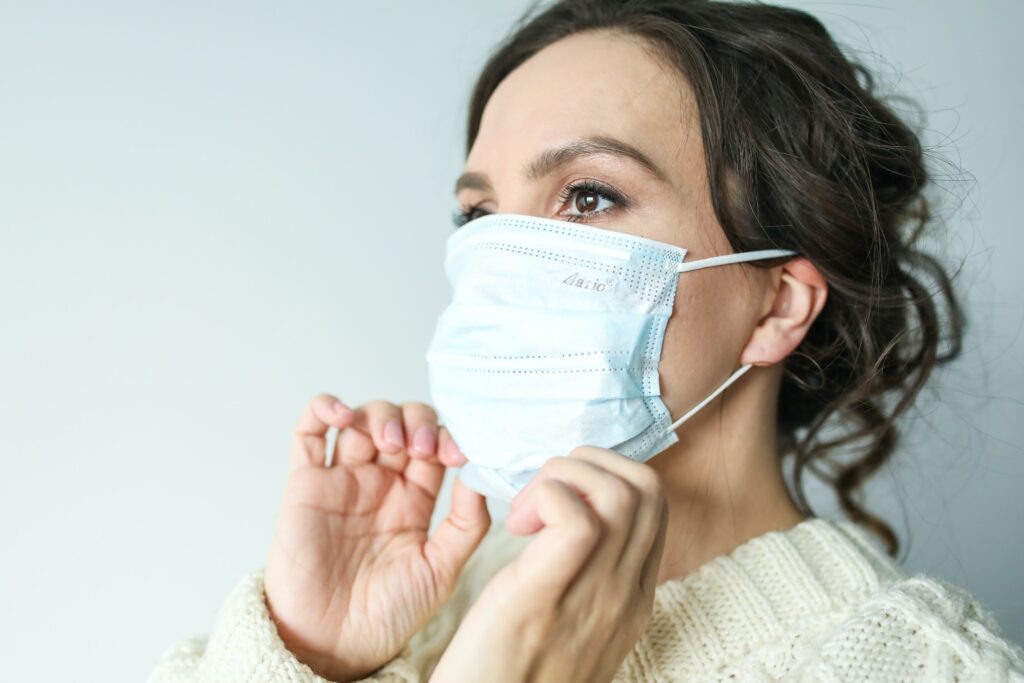
The chemical pollutants
The chemical pollutants are the third group – covering gases and VOCs (Volatile Organic Compounds), coming from detergents and solvents, glues and adhesives, paint, carpets, furniture, and plastics, such as – formaldehyde, xylene, toluene, PCP, benzene, styrene, nitrogen dioxide, etc.

How does an air purifier work?
The air purifiers operate with a fan to suck up polluted air and direct it toward filters. The air is passed through various filters that capture particles and contaminants, resulting in clean and sanitized air coming out of the purifier.

Pre-filter for initial filtration
The pre-filter is the initial filtration system. It is placed directly between the device’s hood and the other filters and aims to capture macro-particles such as large dust particles, animal hair, etc. The pre-filter is usually washable and extends the life of the other filters.
HEPA filter for mechanical filtration
The HEPA filter also performs mechanical filtration. HEPA is an acronym for “high-efficiency particulate air [filter]” (as officially defined by the U.S. Department of Energy). They work by forcing air through a fine mesh that traps particles such as pollen, pet dander, dust mites, and tobacco smoke. The HEPA filters are designed to stop at least 99.97% of 0.3-micrometer particles and are usually more effective at removing larger and smaller particles.
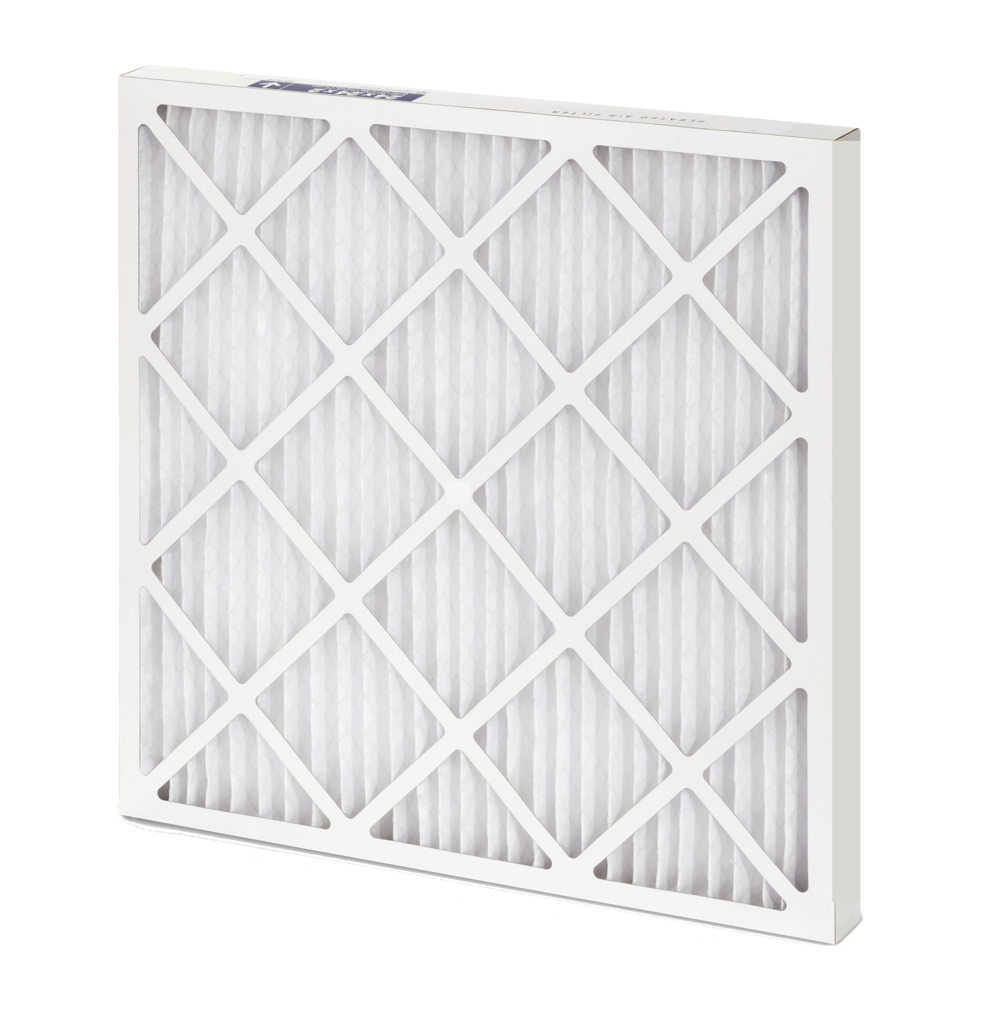
The major difference between HEPA filters and regular ones is that HEPA filters are made of thin fibers of glass and activated carbon-based materials. while the regular filters are made of porous materials like cotton, paper, and polyester.
Active carbon filter for absorbing odors and smells
Active carbon filters are often used to absorb gases, volatile organic compounds (VOCs), smells, and other gaseous air pollutants.
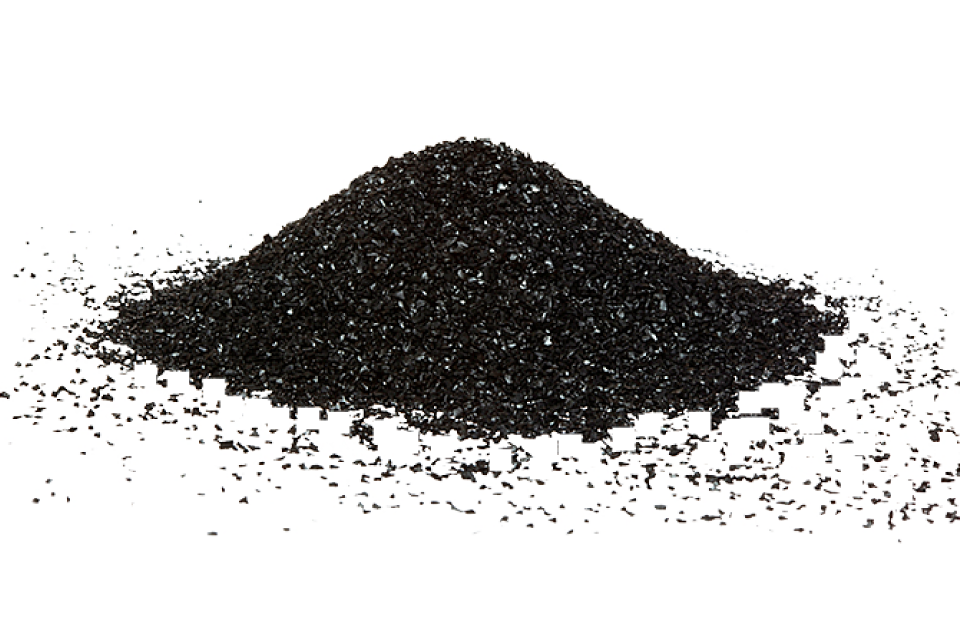
The activated carbon filters are made of small pieces of carbon that have been made very porous. The carbon is usually in the form of granules or powdered blocks. And because of that, one gram of activated carbon can have a surface area of 500 m2 or higher. The vast surface area of these carbon filters enables them to adsorb exponentially more contaminants and allergens than traditional carbon.
UV-C light disinfection
The UV-C light is another option for sanitizing the air. It is efficient against biological pollutants. When the UV-C light is in direct contact with the microorganisms, it inactivates them by destroying their nucleic acids and disrupting their DNA. As a result, they are unable to perform vital cellular functions.
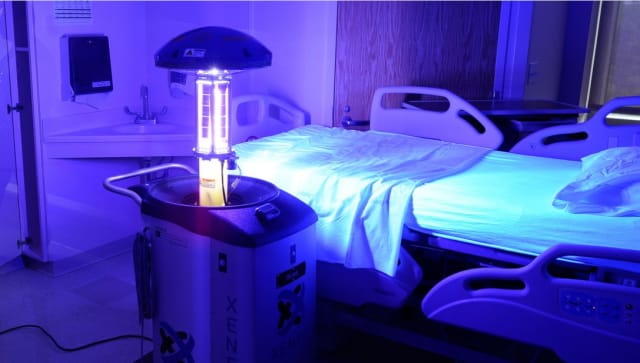
Some air purifiers use UV-C light (in addition to the filters) to kill airborne pathogens and microorganisms like mold, bacteria, and viruses. The technology is also known as UV germicidal irradiation or UVGI air purifiers. Other air-purification technologies use UV light but not directly against pollutants in the air.
Ionizers – negative ions
The ionizers clean the air in a different way. They produce negative ions using electricity. The negative ions float in the air and meet a positive particle, such as dust, tobacco smoke, or smog (small with a size between 0.01 and 0.1 µm/microns) – they stick to and make it heavy enough to fall.
When negative ions attach to positive particles in the air, they become heavier and may fall to the ground. In this way, the air is cleaned of the unwanted particles.
There is no filtration, so the contaminants fall on the ground, the walls, the furniture, and the carpets, and we do not breathe them in. But they do not disappear; they are still in the room.
Negative ions may also stop the growth of viruses. When they interact with positive particles, ozone is generated, which can kill bacteria, fungi, and mold.
As a result of the reaction between the negative ions and the positive particles, ozone is generated. The Environmental Protection Agency (EPA) says that ozone can cause health problems like chest pain, coughing, shortness of breath, and irritation of the throat. So, if you decide to use an ionizer, get informed about the amount of ozone it releases.
The U.S. Environmental Protection Agency (EPA) strengthened the National Ambient Air Quality Standards (NAAQS) for ground-level ozone to 70 parts per billion (ppb), based on extensive scientific evidence about ozone’s effects on public health and welfare.
What is the difference between an air purifier and an ionizer?
The commonality between the two devices—an air purifier and an ionizer is that both devices clean the air.
They differ in the way they operate. The air purifiers use filters to clean the air, while the ionizers produce negative ions via electricity. Another difference is using an air purifier, – the contaminants are collected in the filters and do not exist freely in the room. While using the ionizer, the pollutants fall on the surfaces and remain in the room.
The ionizers are efficient only for small particles, while the air purifiers are efficient for bigger ones. And ionizers do not remove gaseous pollutants, VOCs, or odors from the air.
| Characteristics | Air Purifier | Air Ionizer |
|---|---|---|
| How | fan and filter | fan and negative ions |
| Particles size | various sizes – big and small – 0.3-micrometer | small particles |
| Efficient for | allergens – pollen, pet dander, animal hair, viruses, bacteria, mold, smells, odor | smaller particles such as dust, tobacco smoke, and smog |
The air purifiers in time
In 1830, Charles Anthony Deane got a patent for a device that had a copper helmet, a flexible collar, and a piece of clothing attached to it. The initial plan was to feed air through a long leather hose attached to the back of the helmet, which would be pumped using double bellows. Breathing air was allowed to escape through a small pipe. The garment was to be made of leather or airtight cloth and fastened with straps.
In the 1860s, John Stenhouse used the absorbent properties of wood charcoal to clean the air (patents 19 July 1860 and 21 May 1867). He made the first respirator that could actually be used by people.
In the 1860s, John Stenhouse submitted two patents (patents 19 July 1860 and 21 May 1867) that combined the absorbent qualities of wood charcoal with air filtration, resulting in the first functional respirator.
As a result of a combination of protective properties of the Stenhouse’s respirator and other breathing devices, scientist John Tyndall wrote about his creation, a fireman’s respirator, in 1871.
After being used in the United States’ Manhattan Project to reduce airborne radioactive contamination in the 1940s, HEPA filters were commercialized as extremely efficient air filters in the 1950s.

